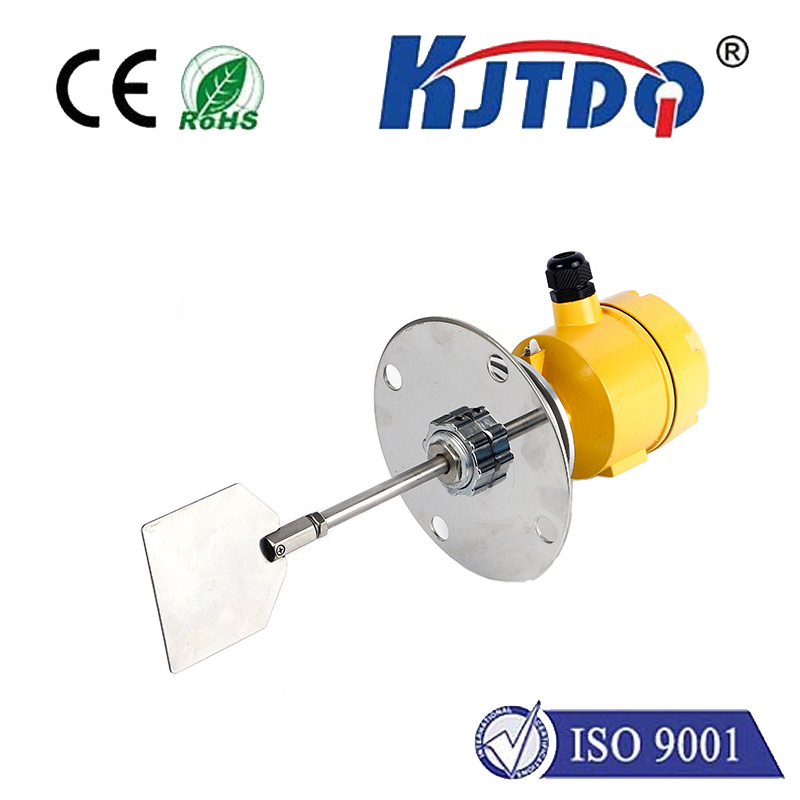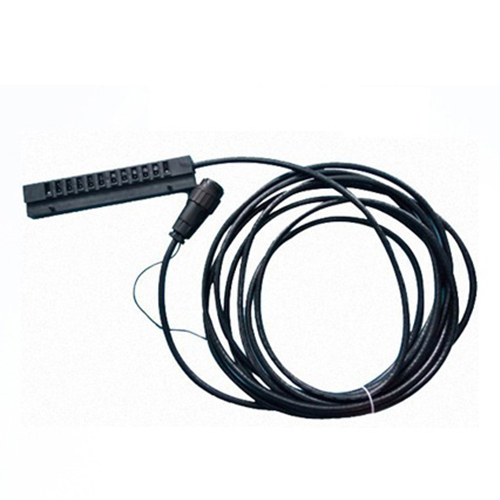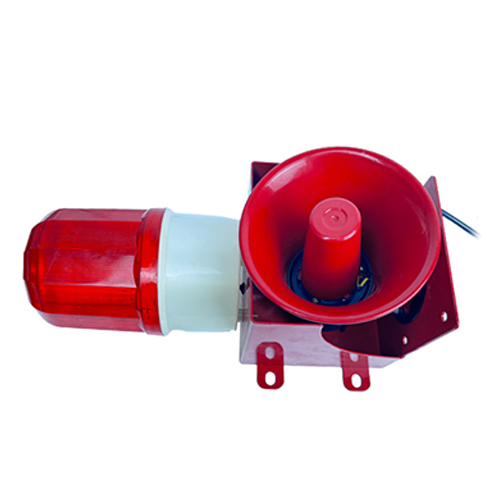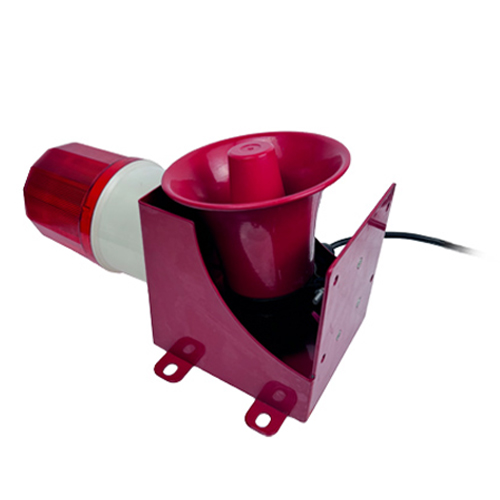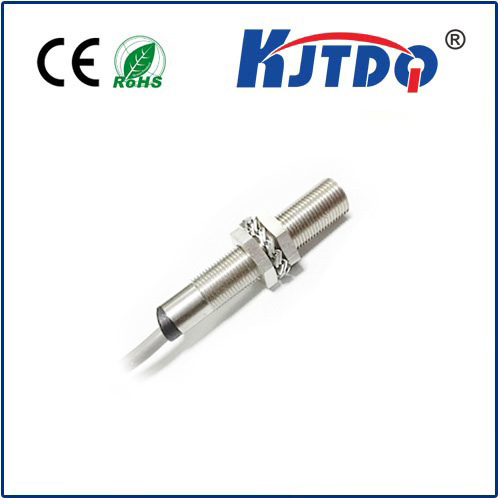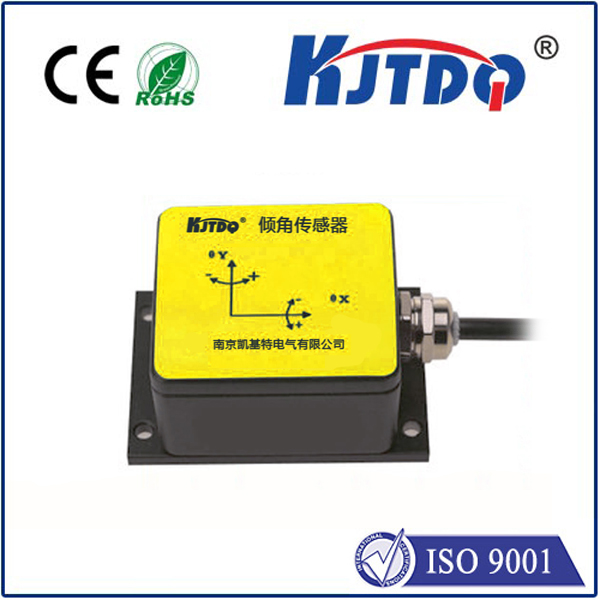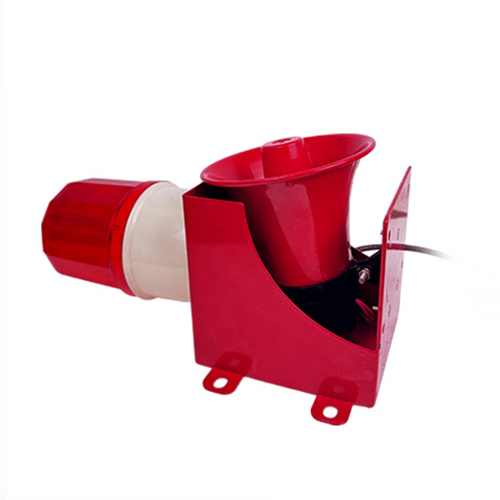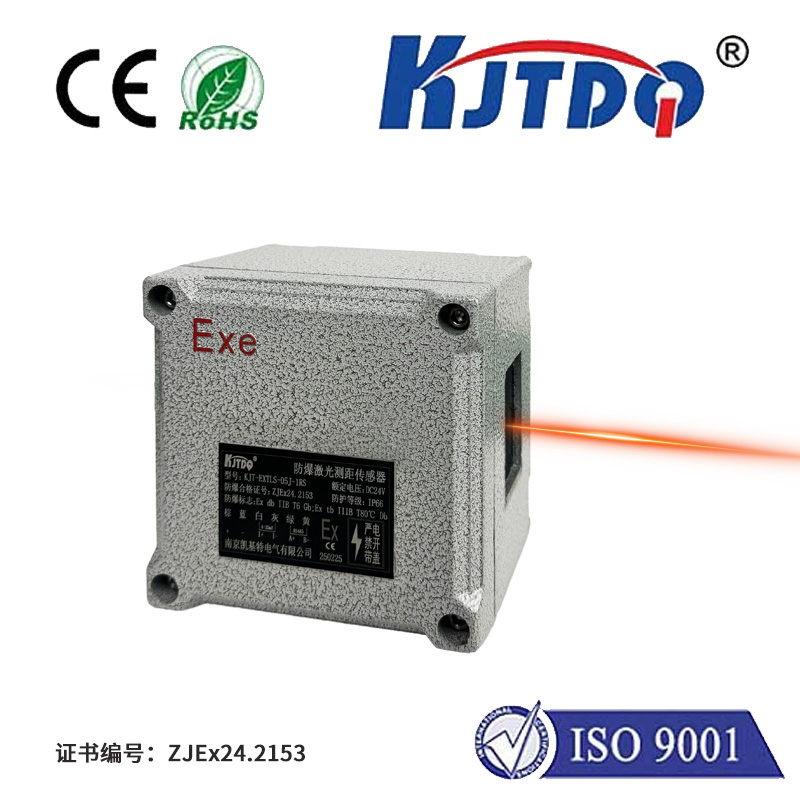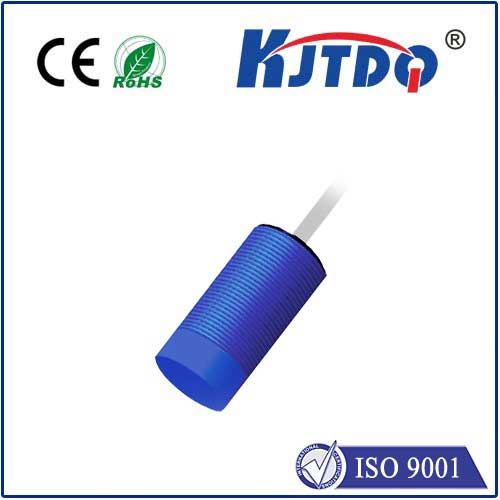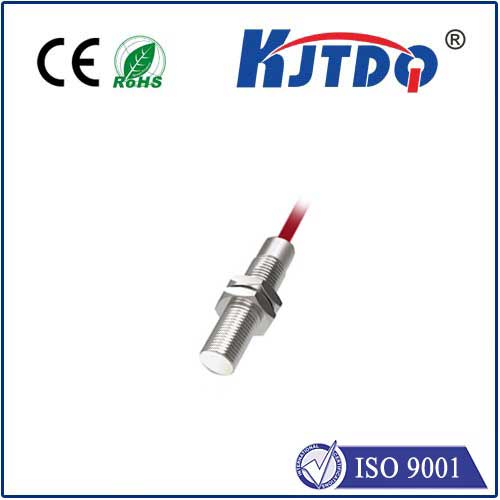

check

check

check

check

check

check

check

check

check

check
Title: Water Pump Limit Switch: A Comprehensive Guide
Water pumps are essential components in various industries, including agriculture, construction, and manufacturing. They are used to transfer water from one location to another, such as from a well or a reservoir to a field or a building. However, to ensure the safe and efficient operation of these pumps, it is crucial to install a limit switch. A water pump limit switch is a mechanical device that prevents the pump from rotating beyond a certain range. In this article, we will discuss the purpose, functions, installation, and maintenance of water pump limit switches.
I. Purpose of Water Pump Limit Switches
The main purpose of installing a water pump limit switch is to protect the pump and its components from damage caused by over-voltage, over-current, or excessive speed. By detecting when the pump has reached its maximum operating conditions, the limit switch can automatically stop or reverse the motor direction, preventing the pump from running too fast or for too long. This not only prolongs the lifespan of the pump but also ensures the safety of the workers and the environment.
II. Functions of Water Pump Limit Switches
A. Overload Protection: The primary function of a water pump limit switch is to prevent overloading. When the motor reaches its maximum speed, the switch will activate and stop the pump from spinning beyond a certain point. This helps to avoid damage to the motor, bearings, and other components associated with excessive stress.

B. Speed Control: In some cases, the water pump may require precise control over its speed. Limit switches can be configured to operate at different speeds based on the application's requirements. For example, a low-speed setting may be necessary for pumping water out of a well or reservoir, while high-speed settings may be required for moving large volumes of water through a system.
C. Emergency Stop: In addition to stopping the pump when it reaches its maximum speed, some limit switches can also be programmed to activate an emergency stop mechanism in case of malfunction or power failure. This ensures that the pump can be shut down quickly and safely without causing any harm to people or equipment around it.
III. Installation of Water Pump Limit Switches
A. Choose the Right Type: There are several types of water pump limit switches available on the market, each with its own set of features and specifications. It is important to select the appropriate type based on factors such as the size and capacity of the pump, the operating conditions (e.g., temperature, humidity), and the desired level of protection (e.g., over/under voltage). Some common types include magnetic switches, solenoid-operated switches, and electronic sensors.
B. Determine Placement: The placement of the limit switch should be carefully considered to ensure proper function and reliability. It should be installed on or near the motor shaft to accurately detect when it has reached its maximum speed. Additionally, it should be easily accessible for maintenance and repair if necessary.
C. Wiring Connections: After selecting and positioning the limit switch, it must be wired according to the manufacturer's instructions. The wiring should be secure and free from any kinks or loose connections that could cause issues during operation or maintenance.
IV. Maintenance of Water Pump Limit Switches
Regular maintenance is essential for ensuring optimal performance and longevity of your water pump limit switch. Here are some tips for keeping your limit switch in good condition:
A. Check Regularly: It is recommended to check your limit switch regularly to ensure that it is functioning correctly and providing effective protection for your pump. Check for any signs of wear or damage, such as loose connections, broken wires, or corrosion on terminals. If any issues are detected, they should be addressed immediately before they cause further damage or malfunction.
B. Clean and Lubricate: Over time, dust and moisture can accumulate on the surface of the limit switch, affecting its ability to detect speed changes accurately. It is recommended to clean the surface regularly using a mild detergent and a clean cloth. Additionally, lubrication can help to reduce friction and improve the overall function of the switch. Use a suitable lubricant that is compatible with the materials used in your limit switch (e.g., silicone spray or grease).
C. Replace if Necessary: If your limit switch shows signs of significant wear or damage that cannot be repaired, it may be necessary to replace it entirely. When replacing a limit switch, it is important to ensure that you choose the same type as was originally installed, as different types may not work together effectively or efficiently.
In conclusion, water pump limit switches are critical components in protecting pumps from damage caused by over-voltage, over-current, or excessive speed. By understanding their purpose, functions
